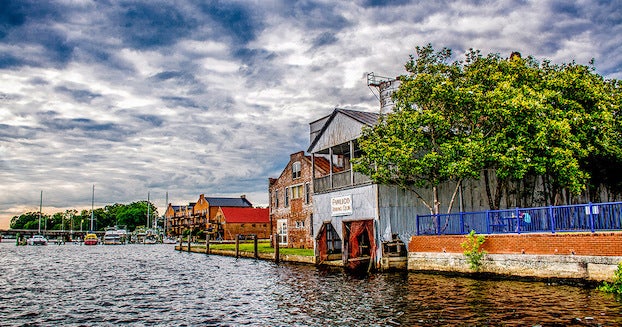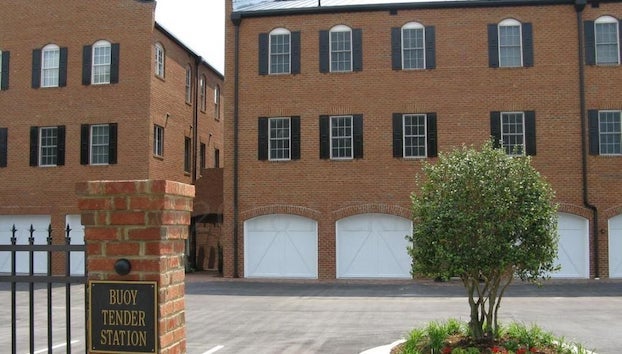Know your town: The “Bird’s Nest”
Published 4:12 pm Monday, February 6, 2023
|
Getting your Trinity Audio player ready...
|
The beautiful section of downtown Washington on the corner of Bridge and Main Street known as ‘Haven’s Wharf’ covers an area called the ‘Bird’s Nest.’ It was from this location many freedom seekers gained their freedom along the Washington Waterfront. This location was called the ‘Bird’s Nest’ because information about abolitionist movements could be gleaned via black ship pilots who were also called “Black Jacks” or ‘Watermen.’ This area from Bridge Street to Haven’s Garden was the most active on the maritime underground railroad. The wharves and docks teemed with information and secret messages about ships that might offer transportation to northern states. it’s called the Bird’s Nest because information shared here would often begin with the words, “a little bird told me.” The maritime underground functioned well here as the Port of Washington was the second largest in North Carolina after Wilmington, and because by 1850, Washington was the most prominent ship building port in North Carolina. The ships built here in the Port of Washington often traveled to the West Indies and South America. The Buoy Tender Condos are today located on the land where the National Rice Mill stood. The Rice Mill was owned by Norwood Giles and was operated by the Carolina Rice Milling Company. Washington grew moderate amounts of rice, and it went on to become the fourth largest rice producing city in North Carolina.
The Haven’s Wharf building, erected around 1820, is one of the oldest buildings in Washington. Also, a part of the Bird’s Nest location, Haven’s Wharf teems with history. The Wharf, also called Haven’s Warehouse, played a strategic role during the Civil War. In the African American community, it was remembered as ‘Potter’s Dungeon.’ Confederate soldiers were often housed there. The reason it was called ‘Potter’s Dungeon’ was because in the wake of the Union occupation of the NC coast, Brigadier General Edward Elmer Potter was authorized to recruit the 1st North Carolina Infantry Regiment from the loyal citizens around Washington. He was put in command of Washington’s defense and maintained it until the Confederates were compelled to withdraw. Confederated soldiers were often confined here with a few local African American cooks ‘preparing meals for them. Hearing the soldier’s conversations gave the cooks vital information about what was going on and what roads leading out of town where under the Union Army’s control.
Leesa Jones is a Washington native and the co-founder and co-executive director of the Washington Waterfront Underground Railroad Museum







